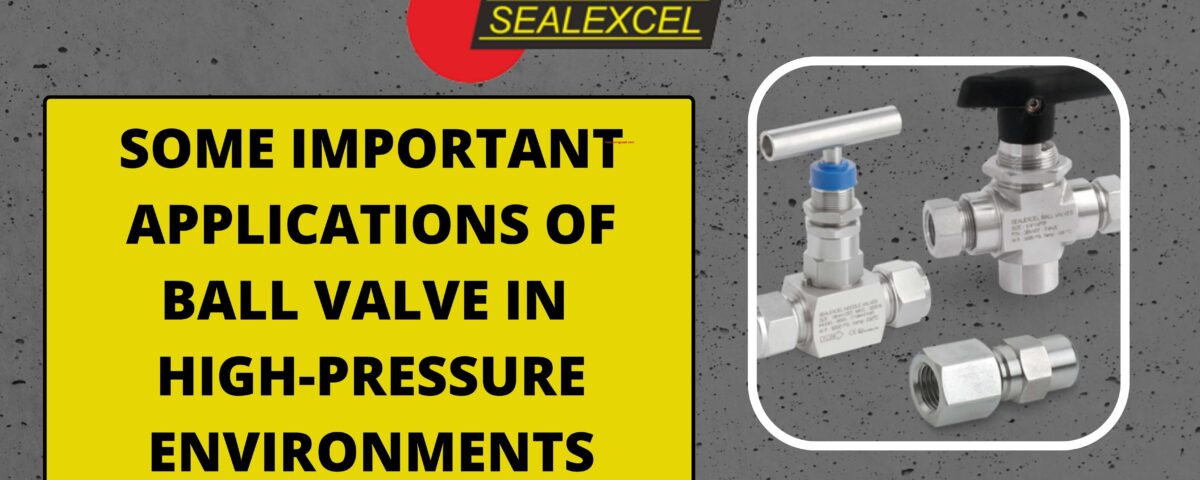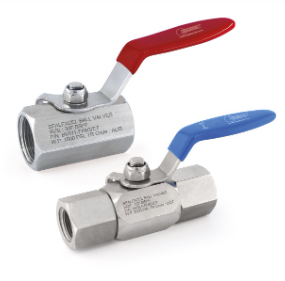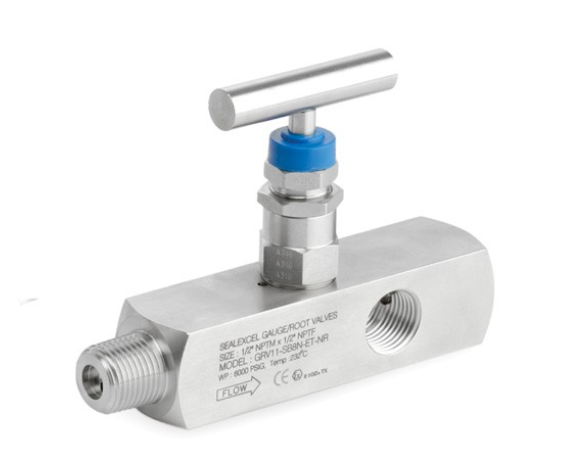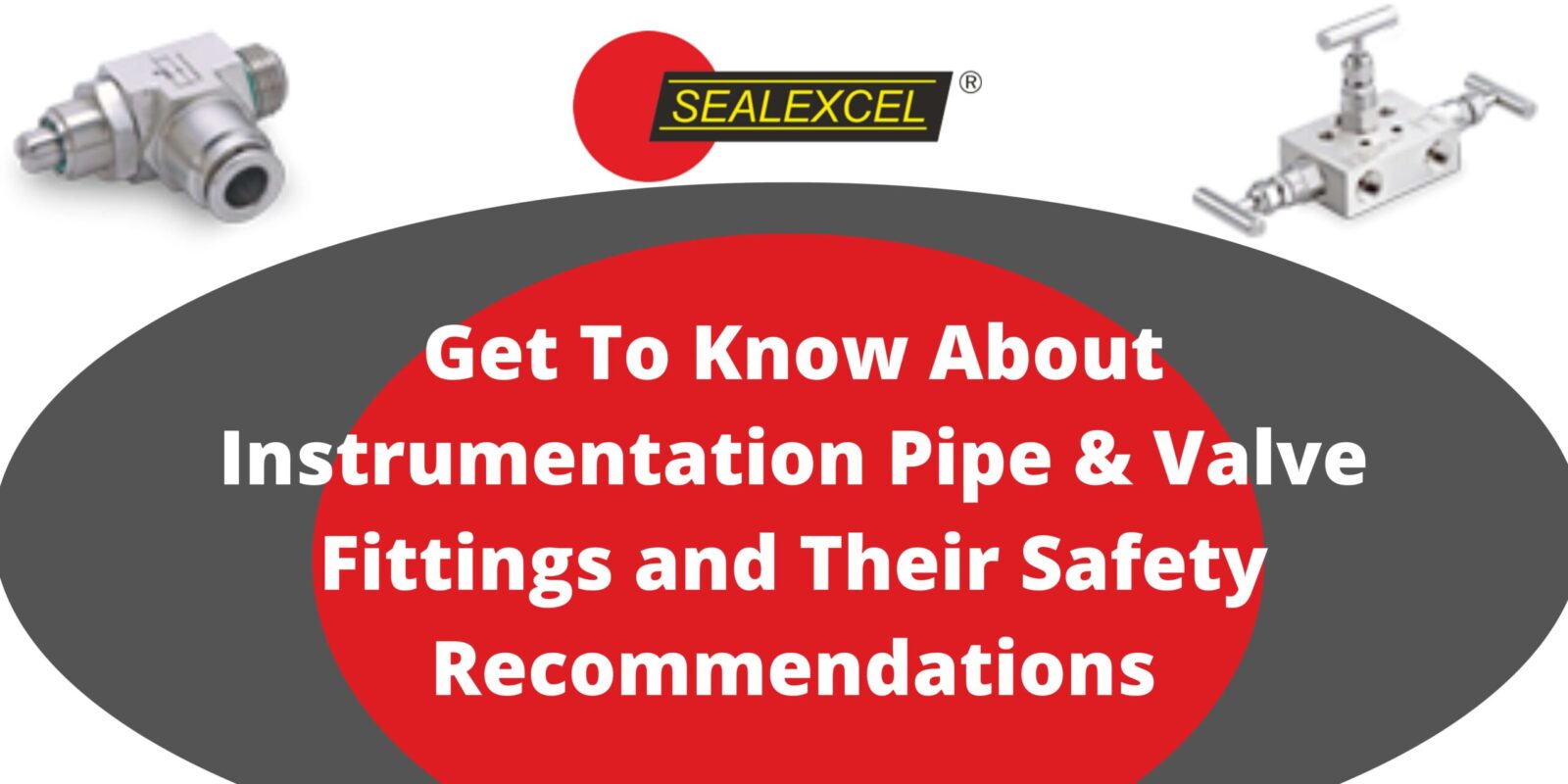
Get To Know About Instrumentation Pipe and Valve Fittings and Their Safety Recommendations
August 3, 2022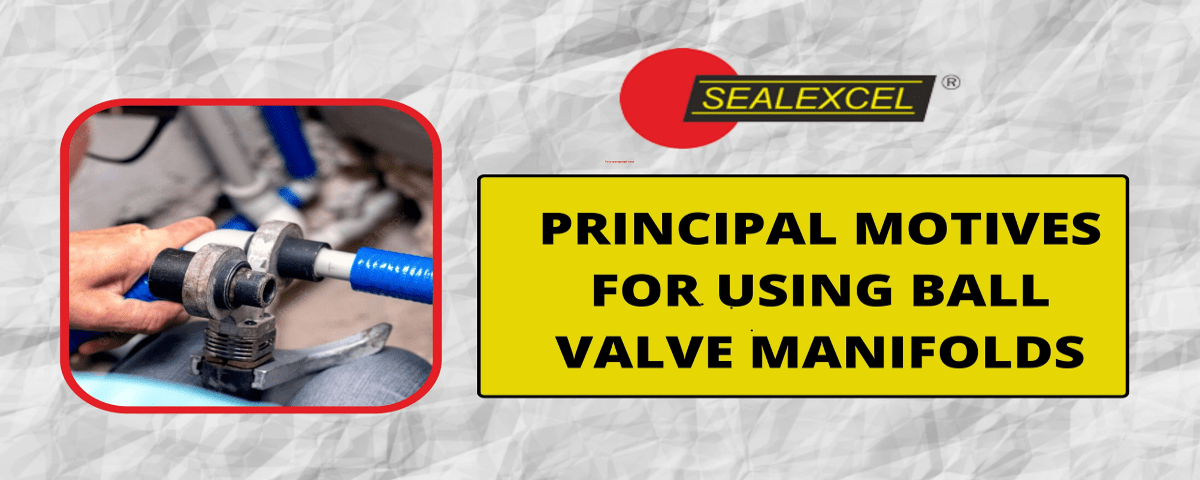
Principal Motives for using ball Valve Manifolds
August 29, 2022Pressure control is imperative in any environment that deals with fluids. In manufacturing, high pressure is usually involved, and to control it, you need a high pressure ball valve. This will help avoid excessive flow that might otherwise cause wear on machinery. This post will help you know some of the applications of ball valves in high-pressure environments.
What’s a Ball Valve?
This shut-off valve allows, prevents, and controls the flow of gasses, vapors, and liquids in the piping system. It works by rotating the ball with a bore into the valve. The ball is in between the two seats and has the shaft connecting it to the control mechanism that rotates the ball. When the bore’s cross-section is parallel (or nearly so) to the flow’s direction, it allows the fluid to flow through the pressure ball valve. The basic idea of a ball valve is to force fluid from one side of its bore to the other, thus forming a seal to prevent or control flow.
It is true to say that ball valves are found in almost all environments that have anything to do with fluids, mostly, in high-pressure environments. They easily regulate the flow of fluids from one area to another without any hindrance. Ball valves possess specific and desirable qualities which suit them to this environment.
Applications of Ball Valve
There are various other applications of ball valves in high-pressure environments. These include valves for gas distribution, process control, and inspection, plastic machines, and valves for refineries, among others. Pressure ball valves basically monitor fluid flow rate and control the pressure to which that flow is subjected. They are especially useful in areas where safety and control of equipment are crucial. Some critical applications of ball valves in high-pressure environments are described below.
Water Treatment
The ball valve is used in the water treatment plant to regulate the flow and pressure of the water. This keeps the water within safe parameters, which will prevent public health risks and significant repair costs of the system due to excessive pressure or temperature of the water. The ball valves also help prevent water contamination and minimize backflow chances.
Gas Separation Plants
The pressure ball valve is used in gas separation plants to monitor the flow of gas, control pressure inside and outside the plant, and disperse cooling heaters. To do so, it is connected between the feed pump and the condenser piping. This helps prevent overheating of metals as the temperature rises. It also prevents pressure buildup by helping to stop any leakage on valves or elsewhere in a plant when gas pressure rises high above normal.
Petroleum Refineries
Petroleum refineries use ball valves to control the pressure while refining petroleum into petroleum products. Mostly, an operator checks the pressure in a system and adjusts the flow of raw material until the desired pressure has been achieved. He then maintains this level by controlling the flow accordingly. This helps to minimize loss from leaks and ensures that the entire plant functions optimally.
Chemical Plants
A chemical plant is an industrial process plant that manufactures chemicals on a large scale. The ball valve is used to control the flow of these chemicals through various stages and later to pipelining. It helps to maintain the optimum pressure for each stage and avoid the pressure that can be detrimental.
A ball valve maintains the desired pressure. It prevents excess pressure from happening and assures that the flow in the pipe does not exceed the amount of material being processed. It serves as a safety valve for the plant.
The pressure ball valve is used to control the flow of the chemicals through various stages and later to pipelining. It helps to maintain the optimum pressure for each stage and avoid the pressure that can be detrimental.
Gas production plants
In a gas production plant, the ball valve is used to control the flow of raw material at various stages of the process. It maintains a certain pressure depending on whether it is wet or dry.
Conclusion
There are numerous applications of pressure ball valves in high-pressure environments. This is because it serves as a safety valve to help prevent hazardous conditions in such environments. It also helps avoid equipment damage and ensures safe operation. Since the valve controls pressure, it also prevents undue wear on machinery used in the process.

